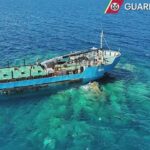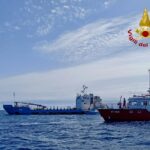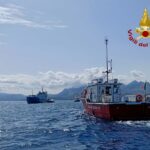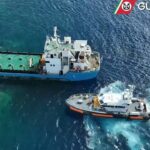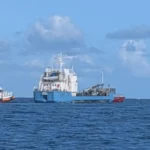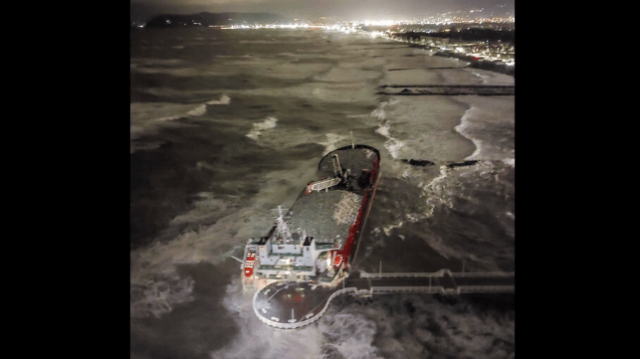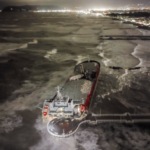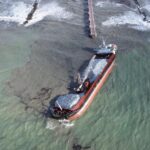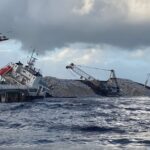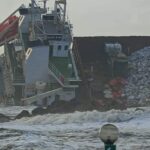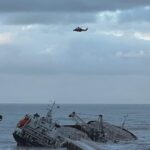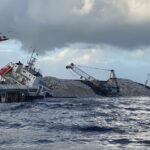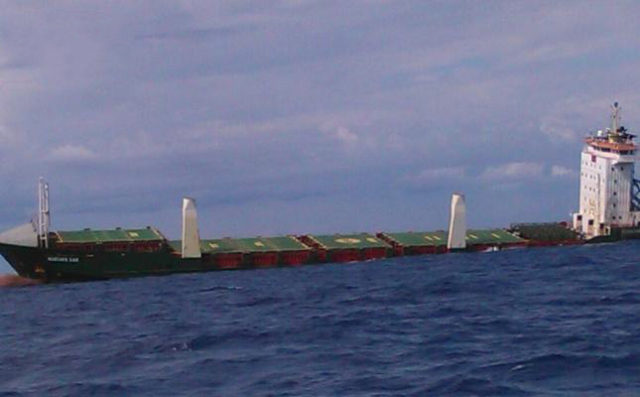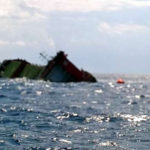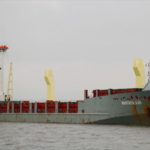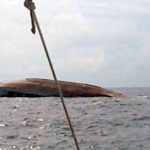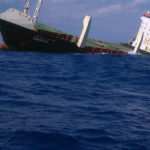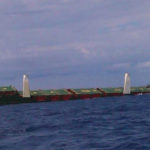Niki

On the morning of September 11, the 41 meter long, 393 dwt cargo vessel Niki (IMO: 9100968) ran aground on the Mediterranean Sea off Porticello, Sicily. The Niki had departed from Porticello bound for Ténès with a cargo of sea bream when it ran up on the Formica rocks. The cargo vessel sustained hull damage with a 1 meter gash resulting in water ingress, but there were no reports of injuries to the 8 crew on board.
Authorities deployed patrol vessels to the scene. A response team brought dewatering pumps to control the flooding. Divers were able to complete temporary repairs and plug the leaks and refloated the vessel. Reports state the Niki was escorted back to port. The Italian Coast Guard has launched an investigation into the incident.
